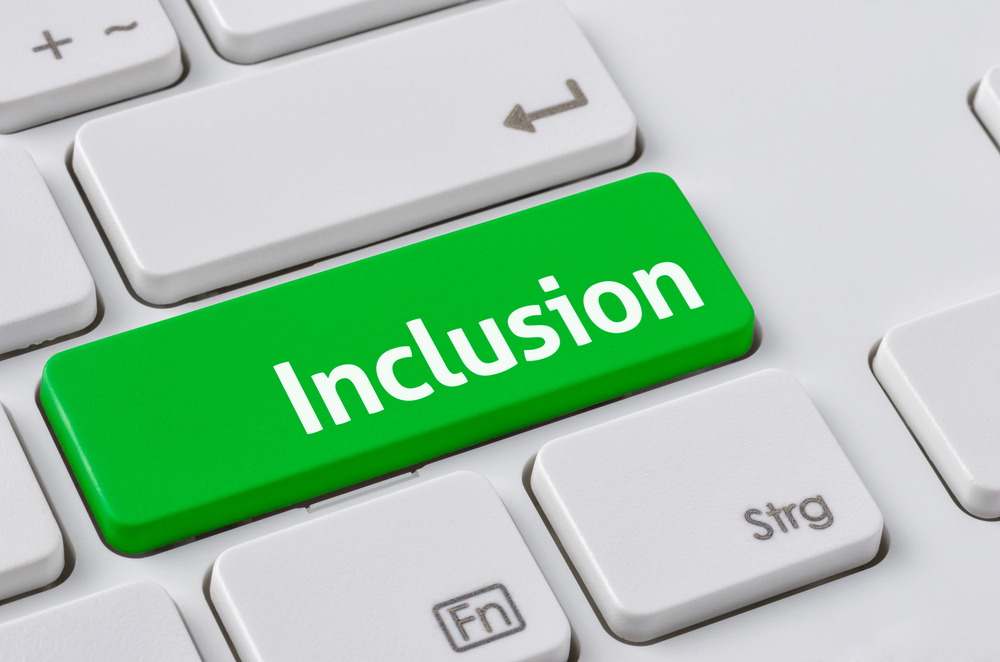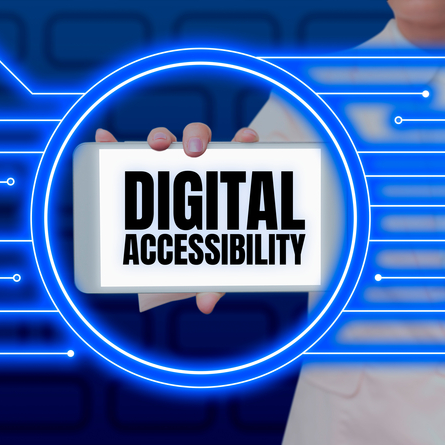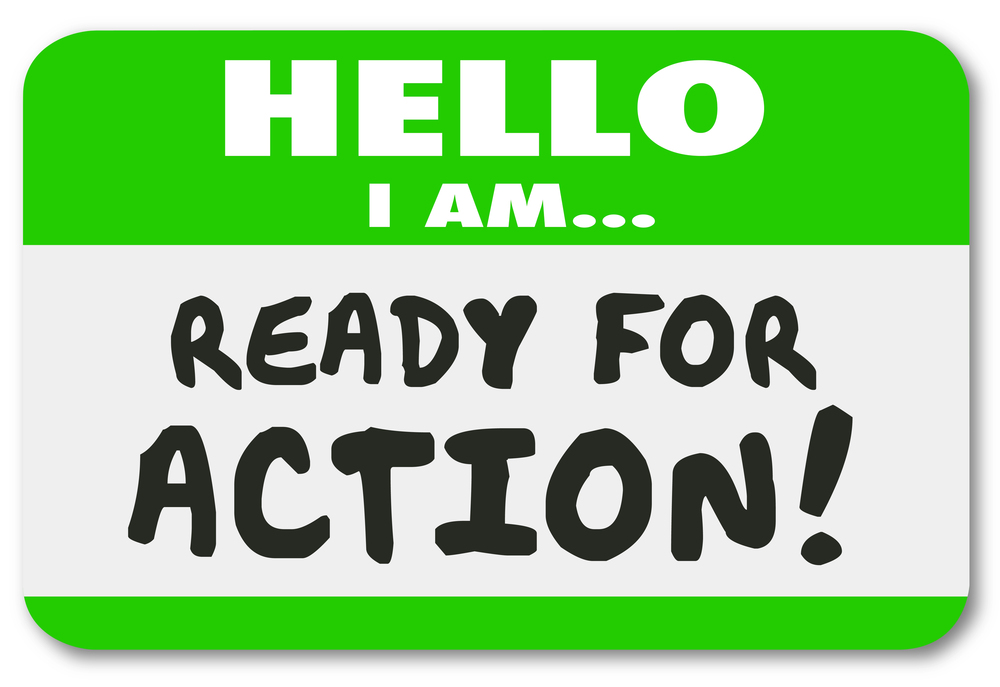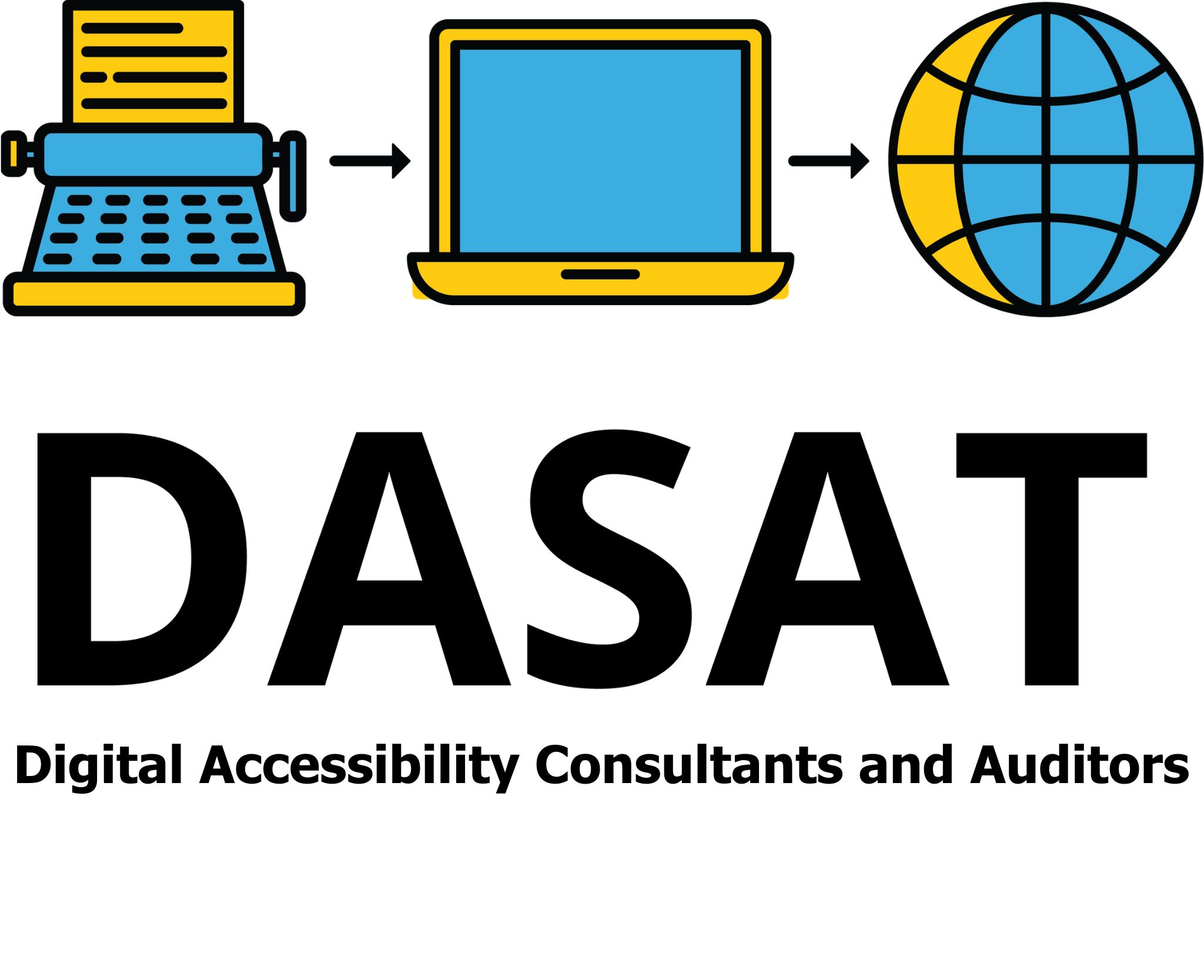
Digital Inclusion and Accessibility Standards affect NDIS Providers
The National Disability Insurance Scheme (NDIS) has rules for how providers must communicate with participants. These rules come from the NDIS Practice Standards. They focus on accessible communication, which means making sure every person can receive, understand, and respond to information in a way that suits their needs. This includes verbal communication, like face-to-face conversations or phone calls, and digital communication, like emails, websites, and video meetings.
Accessible communication considers things like language, literacy, disability, culture, and individual preferences. While many providers already support verbal communication well, the needs of participants in digital environments are not always met. That’s where the Digital Inclusion Standard and the Digital Accessibility Standard become essential tools for providers.

What Is the Digital Inclusion Standard?
The Digital Inclusion Standard is a framework created by the Australian Digital Inclusion Alliance (ADIA). ADIA is a national group made up of community organisations, businesses, education providers, and government bodies who work together to improve digital access for everyone.
The Standard looks at how to make sure all Australians, including people with disability, can take part in digital society. It includes things like affordability, accessibility, digital skills, and communication. It is about making sure people have fair opportunities to connect, learn, and use digital systems.
Criterion 4 of the Digital Inclusion Standard says that digital communications must be clear, understandable, and accessible to everyone. That includes people with different literacy levels, languages, abilities, and communication preferences.
For NDIS providers, that means all the good communication practices you use face-to-face must also work online.

What Is the Digital Accessibility Standard?
The Digital Accessibility Standard is a technical standard that helps make sure websites, apps, emails, and other online tools can actually be used by people with disability. It includes:
- screen reader compatibility,
- keyboard navigation,
- colour contrast for low vision,
- captions for video and audio,
- simple and consistent layouts.
The Digital Accessibility Standard is based on the Web Content Accessibility Guidelines (WCAG) 2.2 Level AA, which providers should follow.

How These Two Standards Work Together
You can think of it like this:
- Digital Inclusion Standard helps people get connected, build confidence, and have a choice about how they communicate online.
- Digital Accessibility Standard makes sure the technology itself is built so that people with disability can actually use it.
Together, these standards mean the system is accessible, the user is supported and no one is left behind

How Criterion 4 Matches the NDIS Practice Standards
Here’s how Criterion 4 lines up with the NDIS Practice Standards:
- Plain Language: NDIS requires plain English, and Criterion 4 also says online messages must be simple and clear.
- Accessible Formats: The NDIS asks for Easy Read, Braille, or interpreters. Criterion 4 and digital accessibility guidelines add that emails, websites, and apps must also work with assistive tech like screen readers.
- Participant Choice: Both frameworks let participants choose how they want to communicate, whether by phone, text, email, or video.
- Cultural Respect: The NDIS and Criterion 4 both expect communication to be culturally safe and available in community languages.
- Privacy: Secure, private systems are needed in both frameworks.
If you are a provider, this means you must extend the same respectful, person-centred communication into your digital tools as you do face-to-face.

Why This Matters
NDIS participants now use emails, texts, online portals, and video calls to manage their supports. Technology is going to become more important as those now at school join the adult world. If these systems are not accessible or inclusive, people can miss out on vital services. That is why these standards are so important: they protect people’s right to be included, no matter what communication method they choose.

Step-by-Step Plan for NDIS Providers
Here is a simple plan for meeting the NDIS Practice Standards along with the Digital Inclusion Standard and Digital Accessibility Standard:
- Audit Your Digital Tools. Check your website, apps, emails, and forms for plain language. Test for screen reader compatibility and voice controls. Check colour contrast and keyboard navigation. Review for WCAG compliance
- Provide Choice. Let participants pick how they want to be contacted (phone, email, SMS, face-to-face). Offer captions or Auslan interpreters for video calls. Provide information in community languages
- Train Your Team. Train staff to write in plain English. Show them how to use accessibility features (like alt text on images). Run cultural safety and privacy training. Include digital confidence-building for participants.
- Update Policies. Add digital accessibility guidelines to your communication policy. Explain how you will meet participant preferences for digital contact. Include data protection steps to protect privacy
- Check Consent. Make sure participants fully understand what happens with their data online. Give them time to ask questions before signing or agreeing online.
- Test and improve. Get feedback from participants on your digital systems. Fix any problems quickly. Keep testing your tools to make sure they stay accessible and inclusive.

Final Thoughts
The NDIS Practice Standards focus on respectful, person-centred communication. The Digital Inclusion Standard, maintained by the Australian Digital Inclusion Alliance, helps make sure no one is left behind in a connected world. The Digital Accessibility Standard makes sure technology itself is usable for everyone.
By following these standards together, your service can be inclusive, fair, and supportive for every NDIS participant.
If you want to learn more about making your services accessible, visit DASAT.com.au for helpful resources and support.
How confident are you that your own organisation’s systems meet these important standards?
